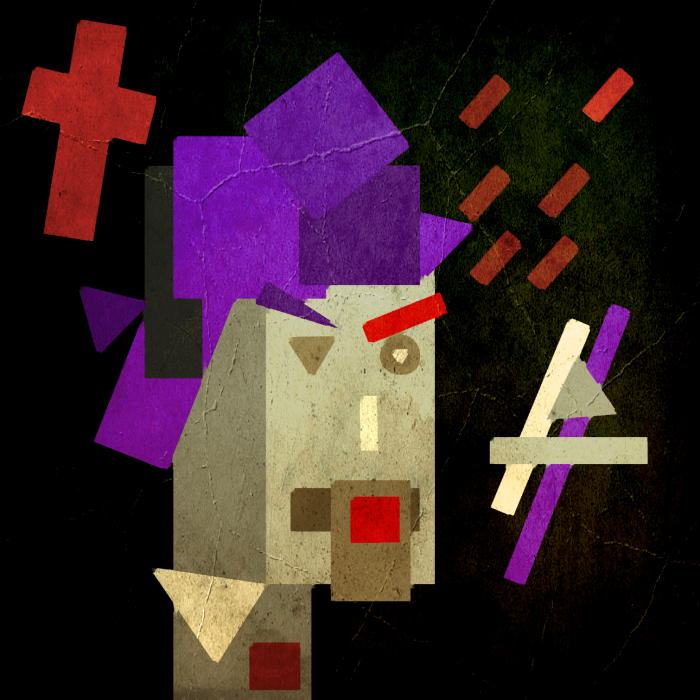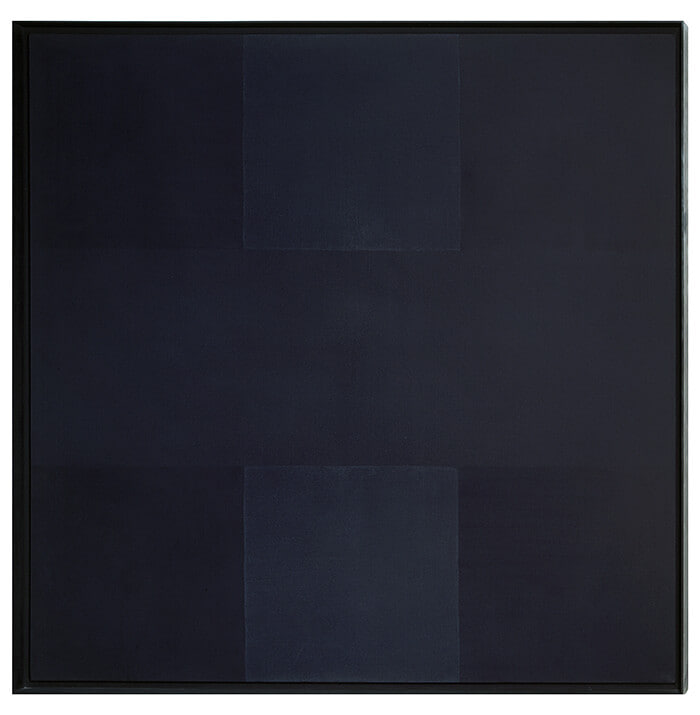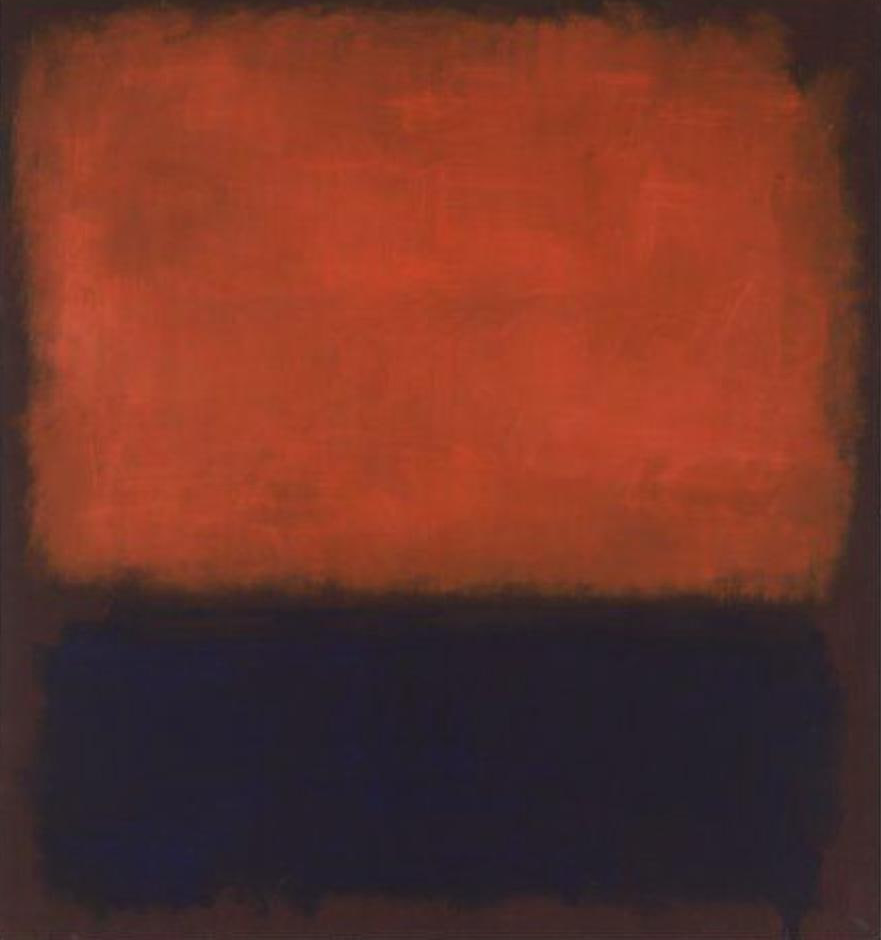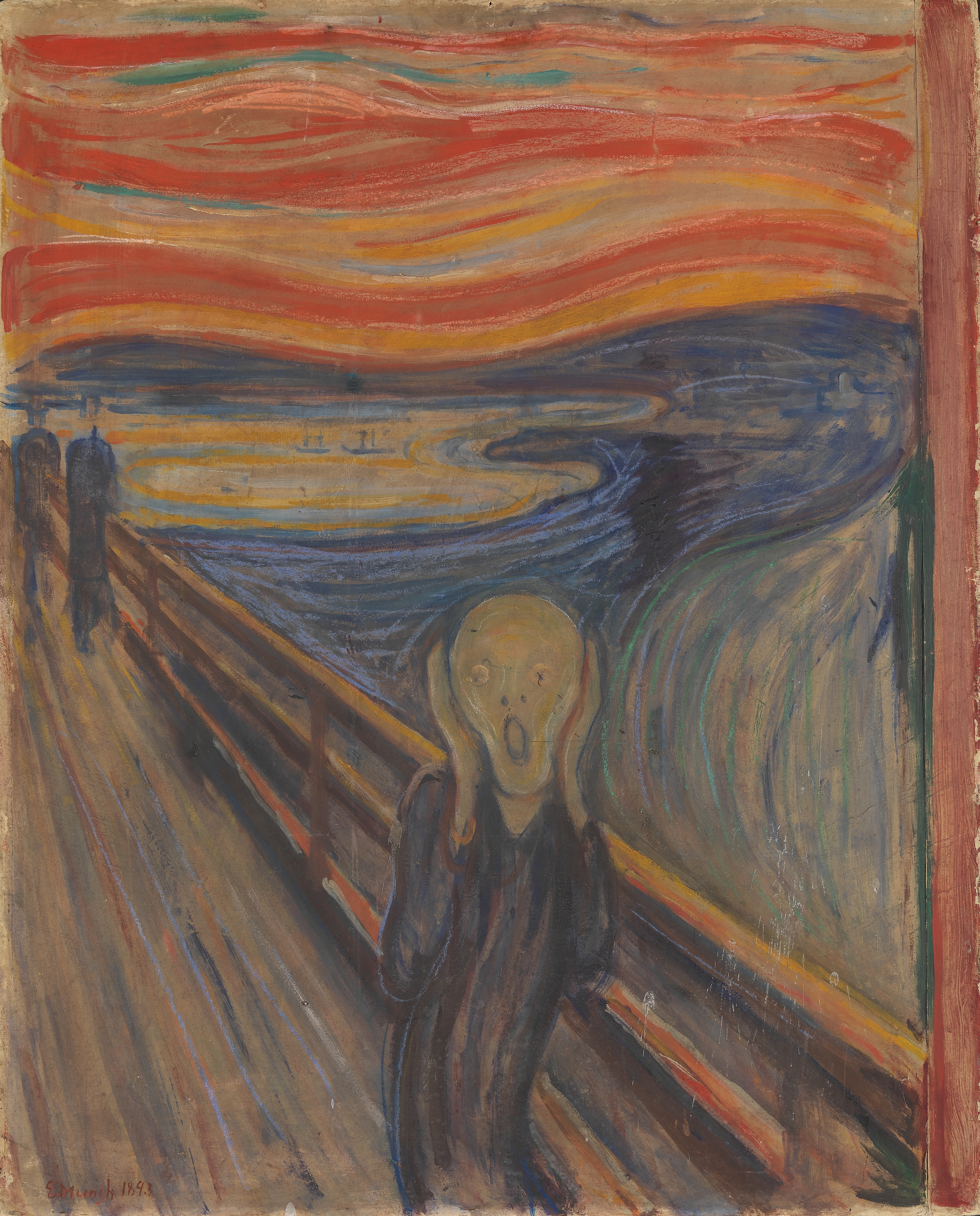SupremePunk #008

Fury
This Punk is inspired by CryptoPunk #3188 and artworks of Malevich. This Punk represents the universal human experience during times of war, threading a narrative that goes beyond geographical and cultural borders. This abstract portrayal of war is reminiscent of the avant-garde art movements, where the tangible and the intangible converged to create a powerful commentary on human experiences.

Ed Reinhardt — Abstract Painting, 1963
The backdrop of the Punk is a deep, impenetrable black, reminiscent of Ad Reinhardt's "Abstract Painting". Reinhardt, a leading figure of Abstract Expressionism, used monochrome shades to create a layered sense of depth, giving viewers a sense of the haunting vacuum left by conflict. The black background in this Punk symbolizes the fear and dread that fills the quiet stillness of night during wartime. The anticipation of an air raid or an imminent attack creates a sense of foreboding, a collective fear shared by all those involved in a war.
In stark contrast to the overwhelming darkness, the fiery red figures in the upper right corner stand out, symbolic of enemy aircraft bringing destruction. This vibrant color palette, both seductive and alarming, resonates with the color fields in Mark Rothko's works. Rothko's abstract compositions, filled with luminous, soft-edged rectangles of color, have a pulsating, hypnotic effect. Similarly, the red figures' placement within the dark abyss of the Punk's design creates an unsettling, captivating atmosphere, reflecting the paradoxical beauty and terror of war.

Mark Rothko — Number 14, 1960
Amid the chaos, the Punk's facial expression stands as a testament to humanity's unwavering spirit. The stark emotion portrayed in the Punk's face is reminiscent of Edvard Munch's "The Scream", which embodies a raw, existential angst. Munch's depiction of a terrified human figure against a tumultuous background parallels the Punk's expression, encapsulating the resilience and righteous fury individuals harbor during a conflict.

Edvard Munch — The Scream, 1893
This Punk, therefore, symbolizes more than a singular experience. It captures the universal essence of war, highlighting the shared narratives of fear, turmoil, survival, and resilience. Drawing from diverse artistic influences, it provides a panoramic view of the human spirit's indomitable nature and the paradoxical beauty that lies within the destructive wake of war.

Buy

Gallery:
CryptoPunk #3188 that has been taken as a base

Your transaction is in progress

You have connected to the wrong network

Transaction is successful!


